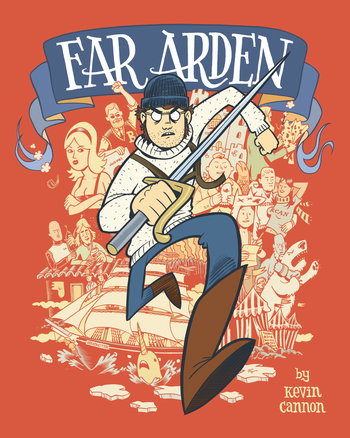“Spook Country” by William Gibson
Monday, January 31st, 2011Spook Country, the 2nd in William Gibson’s “Bigend” trilogy, includes only one character (Hubertus Bigend himself) from and the briefest mention of Pattern Recognition, the first book in the series, so it could easily be read on its own or in reverse order.
Spook Country is told from three viewpoints: Hollis Henry, the former lead singer of a popular broken-up band; Tito, whose mysterious family ties are a mix of Cuban, Chinese and Russian. And Milgrim, a Russian translator addicted to Atavan kidnapped by some vaguely militaristic guy named Brown. All are mixed up in some way with covert intelligence and virtual reality locators on the GPS grid.
“Rausch,” said the voiced in Hollis Henry’s cell. “Node,” it said
She turned on the bedside lamp, illuminating the previous evening’s empty can of Asahi Draft, from the Pink Dot, and her sticker-encrusted PowerBook, closed and sleeping. She envied it.
***
The old man reminded Tito of those ghost-signs, fading high on the windowless sides of blackened buildings, spelling out the names of products made meaningless by time.
***
Milgrim, wearing the Paul Stuart overcoat he’d stolen the month before from a Fifth Avenue deli, watched Brown unlock the oversized steel-sheathed door with a pair of key’s taken from a small transparent Ziploc bag, exactly the sort of bag that Dennis Birdwell, Milgrim’s East Village dealer, used to package crystal.
As in Pattern Recognition, Gibson writes breezily about global business and emerging technologies, adding political fallout from 9/11 this book to make a headier mix. All three characters are engaging and sympathetic. Bigend’s motivations, and his behind-the-scenes manipulations, are as mysterious as they were in Pattern Recognition. This is heady stuff, well-written, that made my brain feel just a bit more alive and alert while I was reading it. I’ll be on to Zero History to finish the trilogy posthaste.





